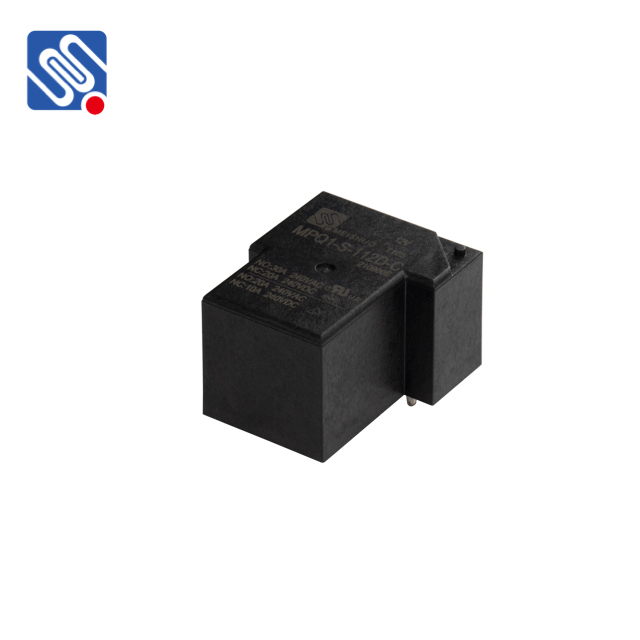A 12V DC relay is an essential component in various electrical and electronic systems. It is a type of electromagnetic switch that enables a low-voltage control circuit to control a high-voltage power circuit. Relays are used in numerous applications, from automotive systems to industrial automation, providing an efficient way to control larger electrical devices using smaller control signals. In this article, we will explore the working principle, features, applications, and significance of the 12V DC relay in modern electronics.

What is a 12V DC Relay? At its core, a 12V DC relay is a switch operated by an electromagnet. It consists of a coil, typically designed to operate at 12V DC (direct current), and a set of contacts that open or close based on the presence or absence of a magnetic field. When current flows through the coil, it creates a magnetic field that activates the relay’s mechanism, causing the contacts to switch states. This mechanism allows the relay to control high-voltage or high-current circuits using a much lower voltage (12V DC), which is ideal for controlling electrical devices without directly handling high power. A typical 12V DC relay might feature Single-Pole Single-Throw (SPST), Single-Pole Double-Throw (SPDT), or Double-Pole Double-Throw (DPDT) contacts, depending on the complexity of the required switching functions.
Leave a Reply
You must be logged in to post a comment.